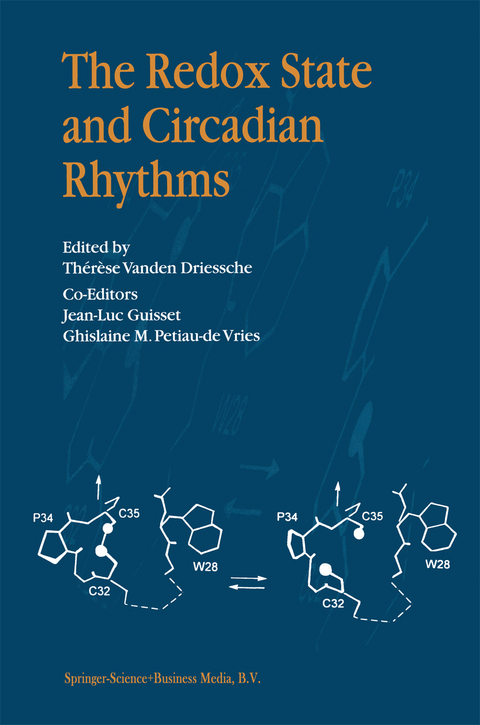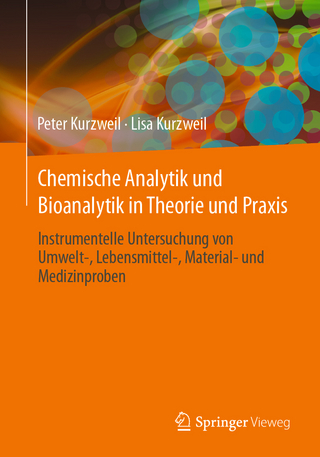
The Redox State and Circadian Rhythms
Springer (Verlag)
978-90-481-5516-3 (ISBN)
An Ancient Cellular Mechanism in the Tension Field between Energy Requirements and Destruction Avoidance.- Overview.- The Biochemistry Of Redox Reactions.- Light-Dark and Thioredoxin-Mediated Metabolic Redox Control in Plant Cells.- Redox Cycling of Intracellular Thiols: State Variables for Ultradian, Cell Division Cycle and Circadian Cycles?.- Occurrence and comparative physiology of melatonin in evolutionary diverse organisms.- Circadian Rhythms and Oxidative Stress in Non-vertebrate Organisms.- Circadian Aspects of the Cellular Redox State: Melatonin Actions and Implications for Oncogenesis.- Plasma membrane electron transport and the control of cellular redox status and circadian rhythms.- Fluctuation of Reactive Oxygen Species Released by Inflammatory Cells*.- Circadian variations in toxic liver injury and the hepatic P-450 monooxygenase system.- Apoptotic Signals: Possible Implication Of Circadian Rhythms.- Redox capacities of in vitro cultured plant tissues: the case of hyperhydricity..- Redox state and phosphorylation potential as macroparameters in rhythmic control of metabolism — a molecular basis for seasonal adaptation of development.
| Erscheint lt. Verlag | 6.12.2010 |
|---|---|
| Zusatzinfo | XII, 284 p. |
| Verlagsort | Dordrecht |
| Sprache | englisch |
| Maße | 155 x 235 mm |
| Themenwelt | Naturwissenschaften ► Biologie ► Biochemie |
| Naturwissenschaften ► Biologie ► Botanik | |
| Naturwissenschaften ► Biologie ► Mikrobiologie / Immunologie | |
| Naturwissenschaften ► Biologie ► Zoologie | |
| ISBN-10 | 90-481-5516-9 / 9048155169 |
| ISBN-13 | 978-90-481-5516-3 / 9789048155163 |
| Zustand | Neuware |
| Haben Sie eine Frage zum Produkt? |
aus dem Bereich


